6 ways to stop pipes from freezing – master plumbers share smart solutions to keep water flowing and avoid burst pipes during cold snaps
Stave off frost with smart sensors, strategic insulation and more
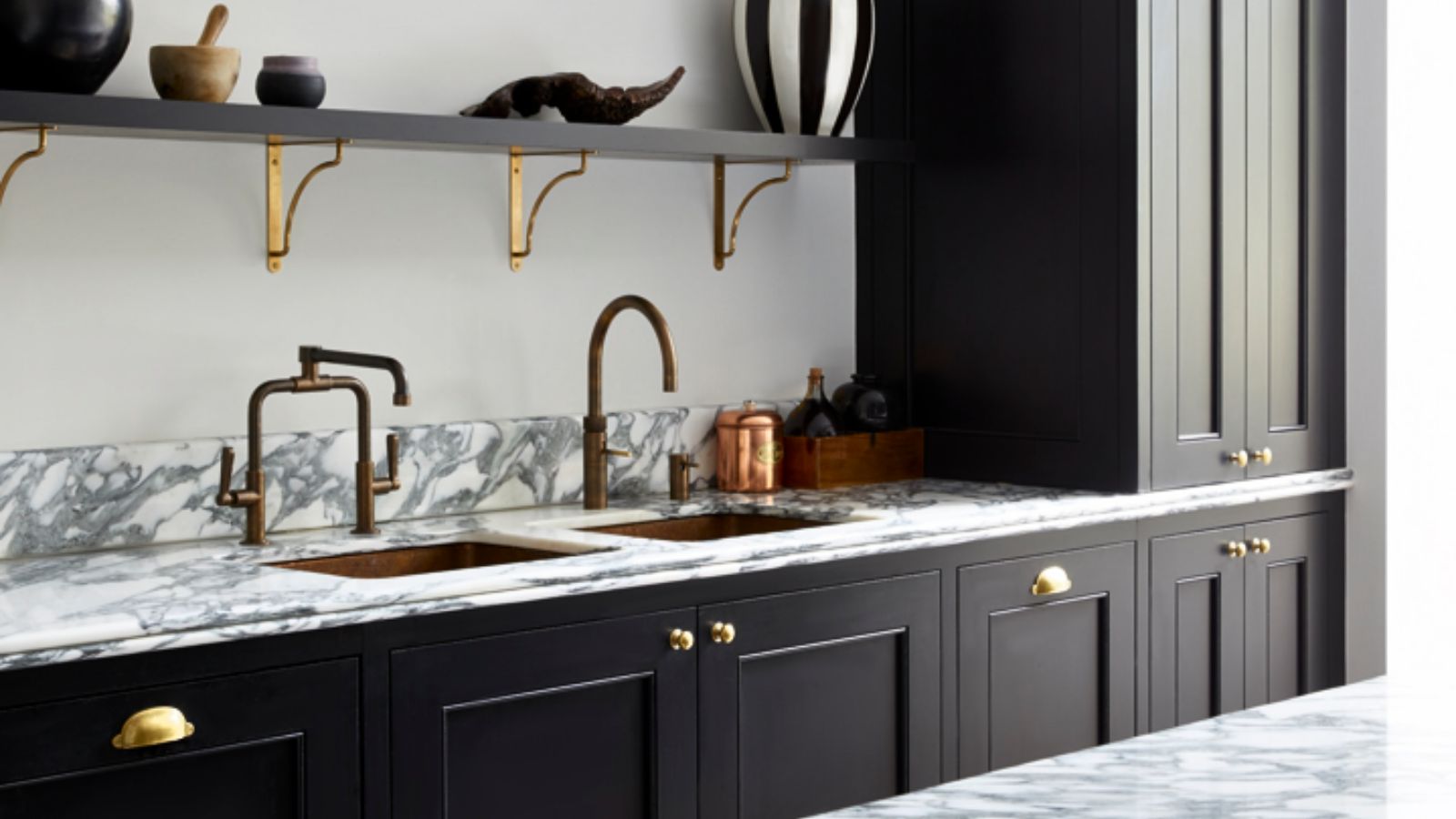

Arguably, dealing with frozen pipes in 'big freeze' winter weather is more than a nuisance as it can lead to leaks, an outage of crucial services and what's more, is preventable if you take the correct steps to stop pipes from freezing.
Frozen pipes can happy quickly, and burst quicker still, resulting in flooding, structural damage, and mold if not treated quickly enough.
Luckily, there are six simple ways to stop your pipes from freezing and make your home emergency ready, from dripping faucets to using heat tape and other smart insulating tools our master plumbers use. Here, our plumbing pros share them all.
How to stop pipes from freezing like a pro
Preventing frozen pipes is a lot easier and less risky than thawing frozen pipes. When preparing a home for cold weather, make a note of when to worry about pipes freezing so you can take the right precautions to protect your property from expensive damage. Any rapid drops in temperature and big snow systems in your region should be a warning sign for you to take action.
1. Insulate pipes
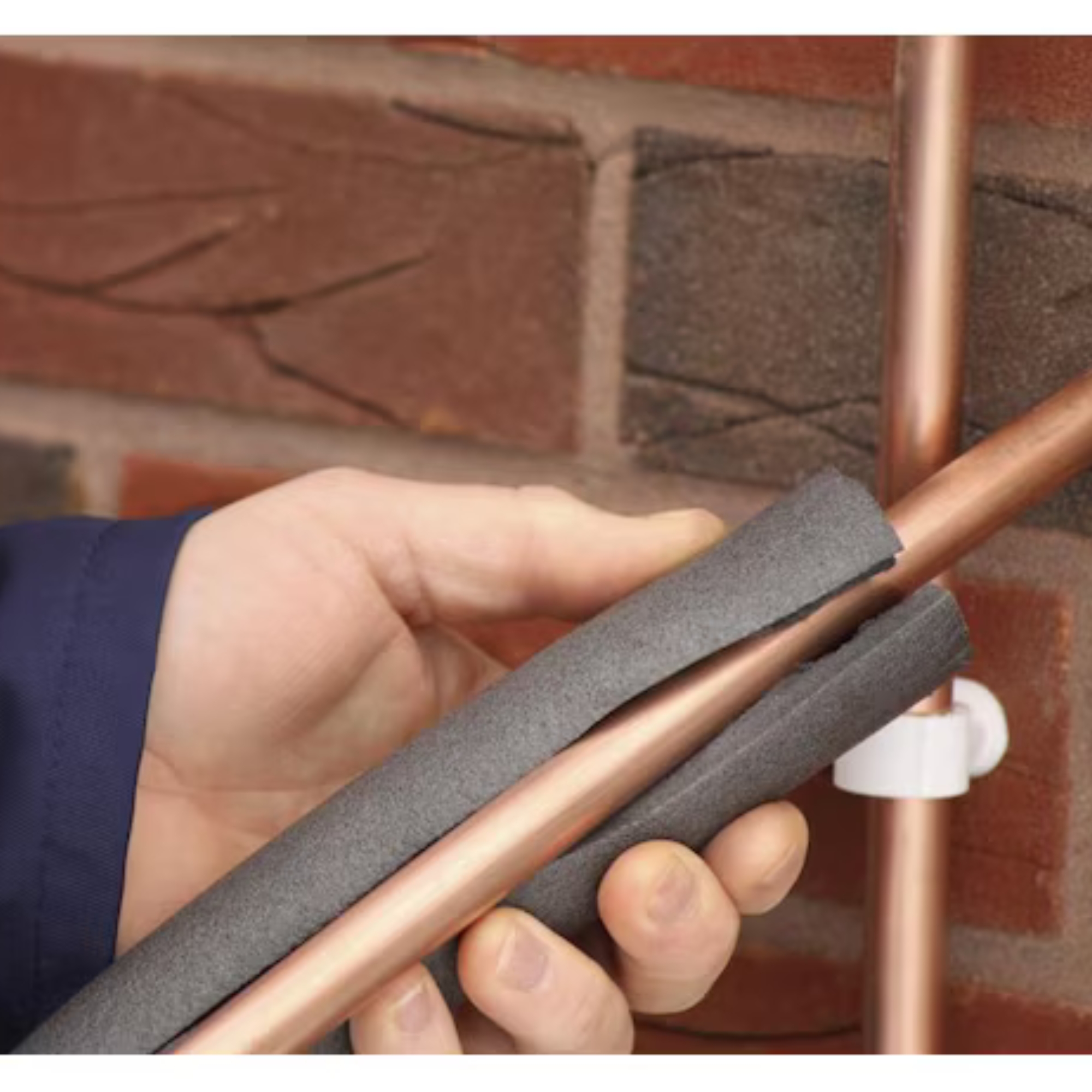
The easiest, long-lasting approach to prevent pipes from freezing is insulating pipes around your home.
Jordan Flemming, owner of That HVAC Guy says, ‘Depending upon the age of the home, most homes will have a few trouble spots and it is important to focus on those areas when insulating pipework to stop pipes from freezing. Those areas are basements, crawl spaces, attics, and exterior walls. During harsh winters, like we are having now, poor insulation will cause heat to leave the home and increase the chances of pipes getting too cold.
‘I highly recommend using foam insulation [available at Amazon] or heat tape (it truly works wonders). For exposed outdoor pipes, even a quick DIY wrap with a towel and plastic bag can buy you time in a pinch.’
That pool noodle that's been sitting in your garage can also come in handy. Cut, wrap and stick in place to protect your pipes in a pinch.
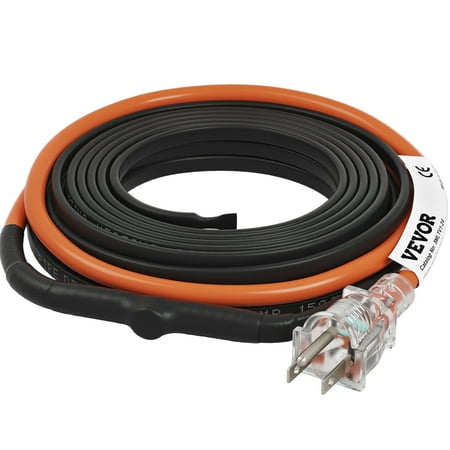
Heat tape runs along your water pipes and gently warms them up to keep them free from ice through winter. It'll need a safe outlet for electricity.
2. Keep your home warm
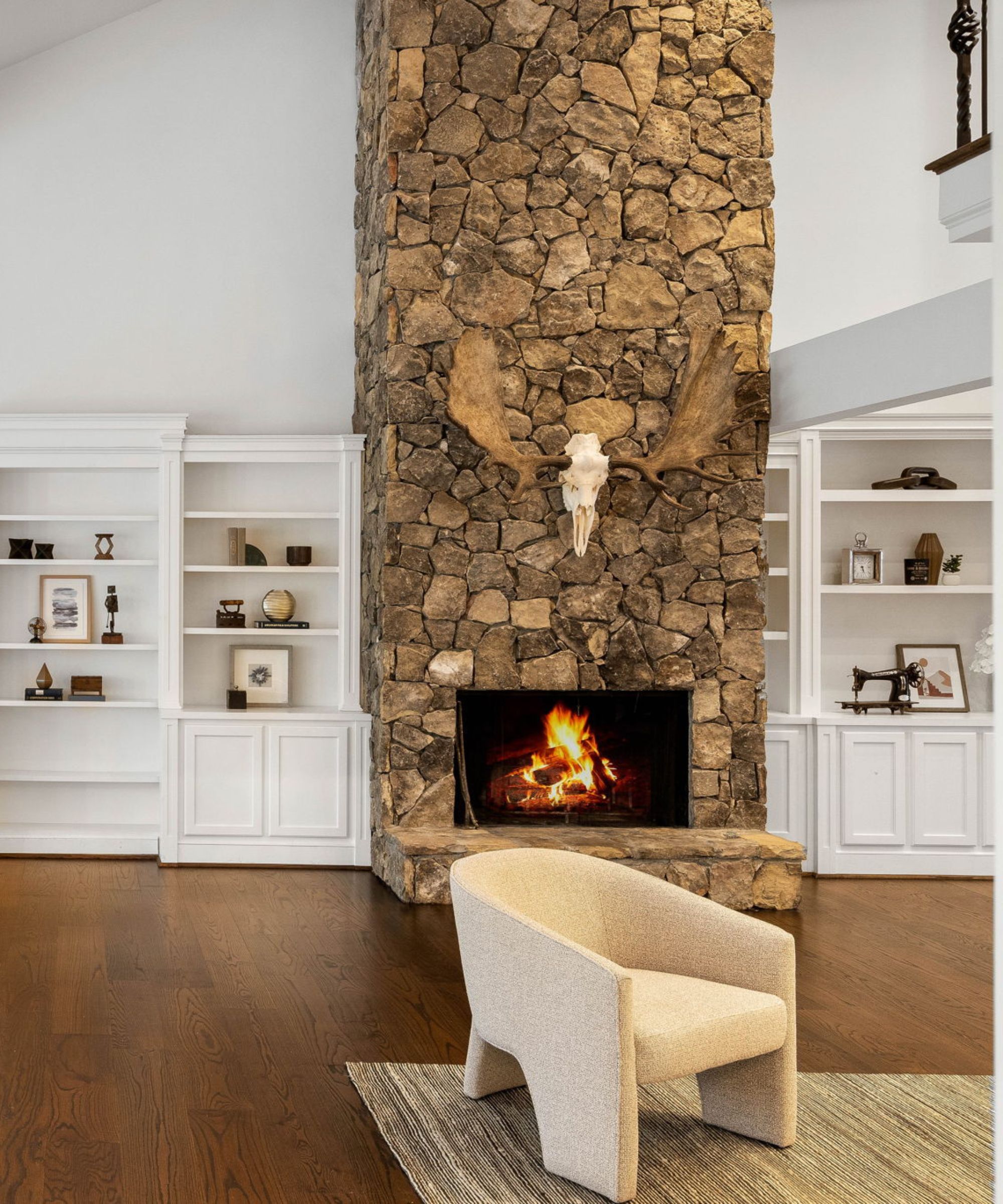
Keeping a home warm all day and maintaining the best temperature for a house in a big freeze does more than keep you comfortable. Matt Kunz, master plumber and president of Mr. Rooter, a Neighborly company advises, ‘Homeowners can also maintain indoor heat and open cabinet doors to let the warm air better reach the pipes.’
A warmer ambient temperature keeps your pipes and water warmer, preventing ice crystals from forming and blocking up pipes. Draft-proofing your home will also go a long way in keeping your space cozy (while cutting energy bills) and your water flowing, too.
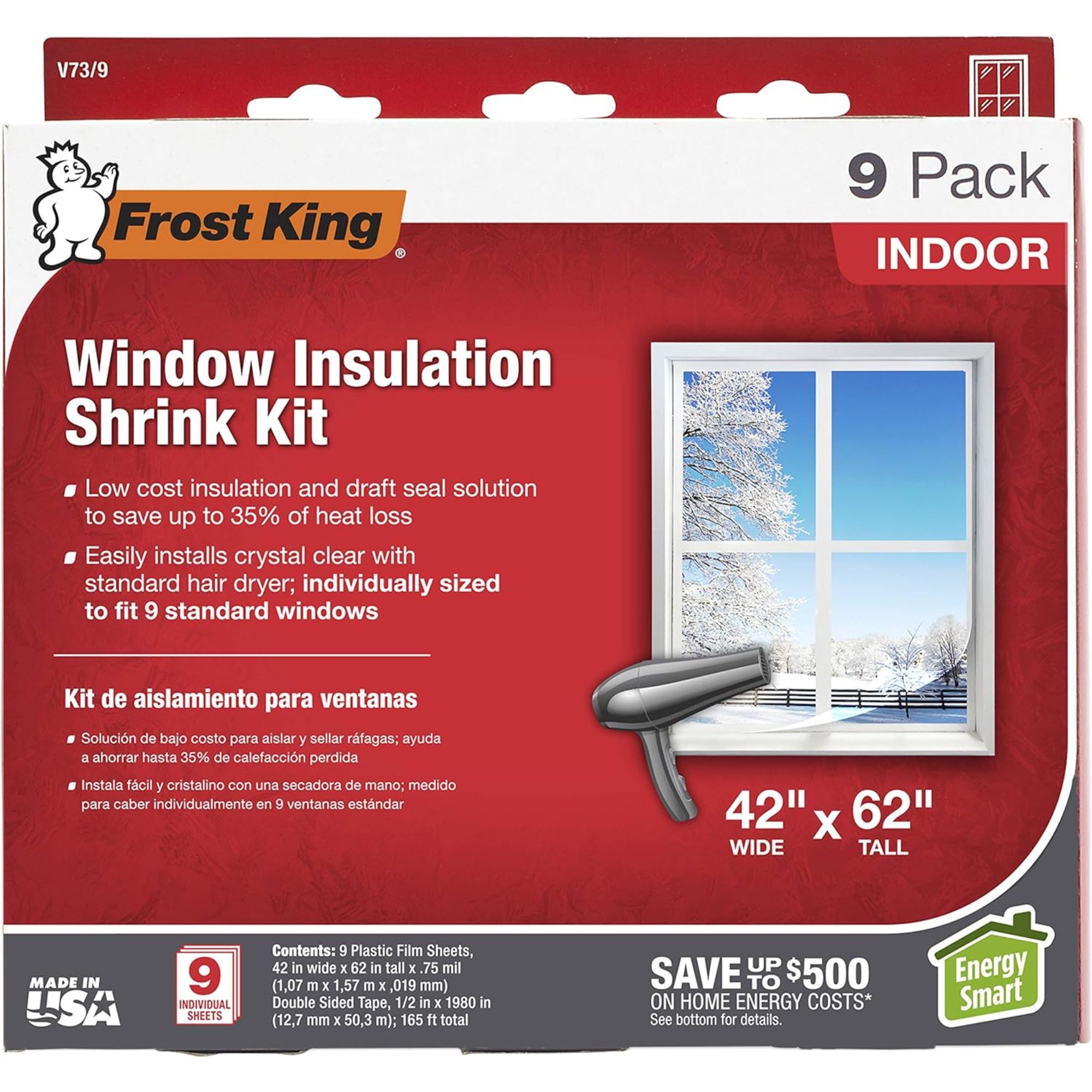
Window film applies another layer of protection on your windows to avoid or reduce heat transfer, helping to keep your home warmer for longer and therefore is protective for your pipes too.
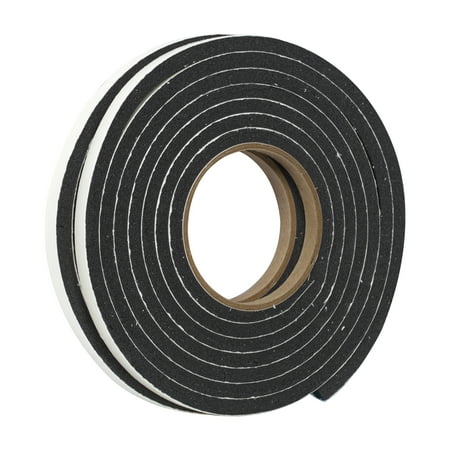
Weather stripping adheres to the outside edge of your windows and doors to form a tighter seal against drafts. It can effectively and easily raise the temperature of your home.
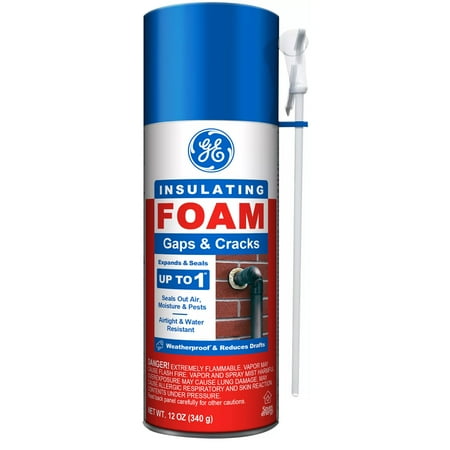
Insulating foam expands on application to fill gaps up to one inch in size, preventing air transfer for a warmer home.
3. Keep water moving
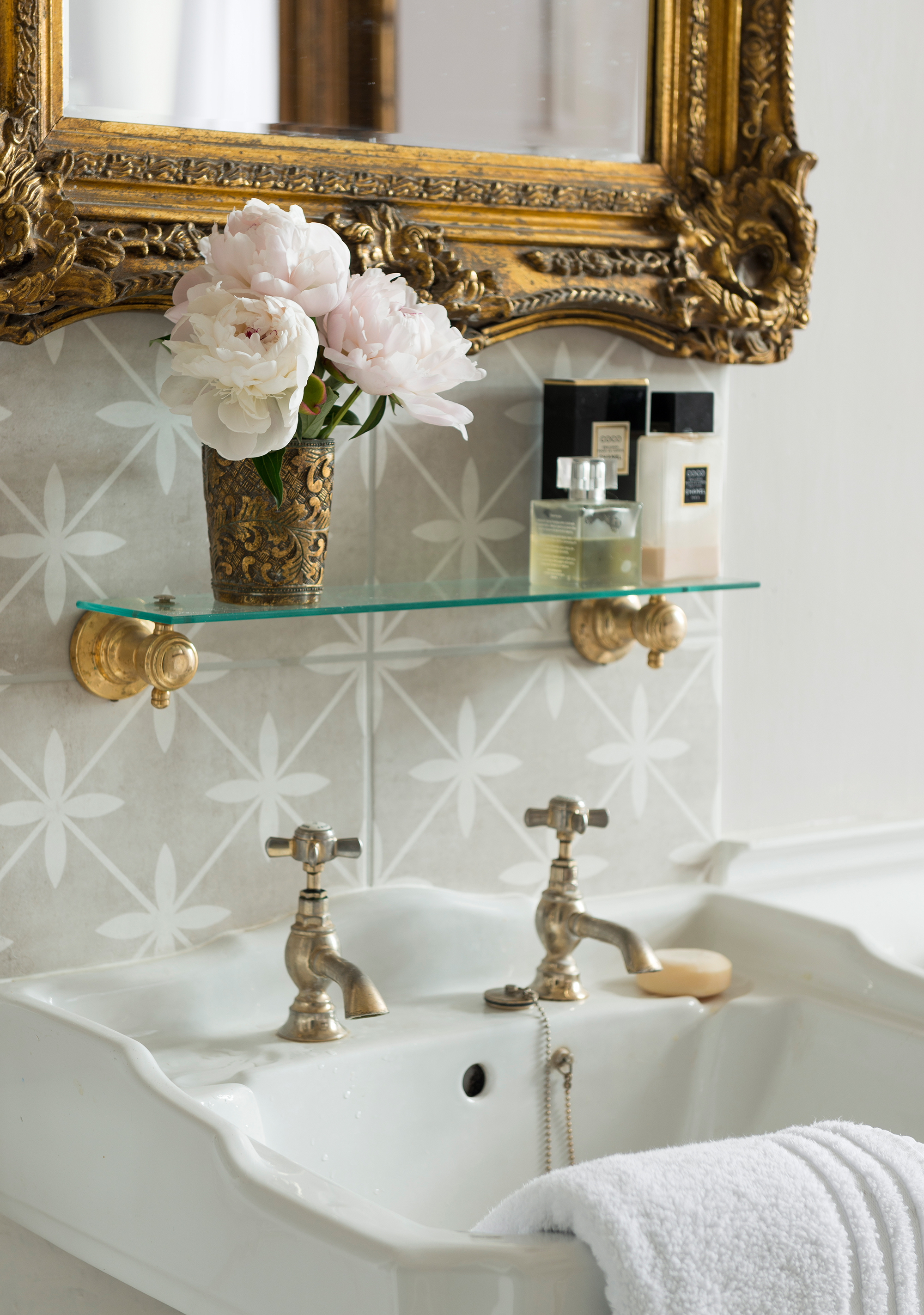
We usually race to fix leaky faucets around our homes, but in winter, it is actually better to leave a few dripping (intentionally, at least).
Roy Barnes, master plumber and co-owner of Service Force Plumbing explains, ‘Moving water can actually handle lower temperatures before freezing. Of course, it will freeze eventually if it gets cold enough, but every little bit helps. More importantly, when water freezes and expands, it exerts pressure on the pipe, and opening the faucet can allow some of that pressure to release rather than build up in the pipe.’
You only need to leave one faucet dripping to winterize home plumbing indoors (ideally the one furthest away from where the water main enters your home), helping you to prevent water waste. You can always collect the dripping water in a bowl or measuring jug (from Walmart), too, to use for watering houseplants or cleaning.
4. Turn off outdoor faucets
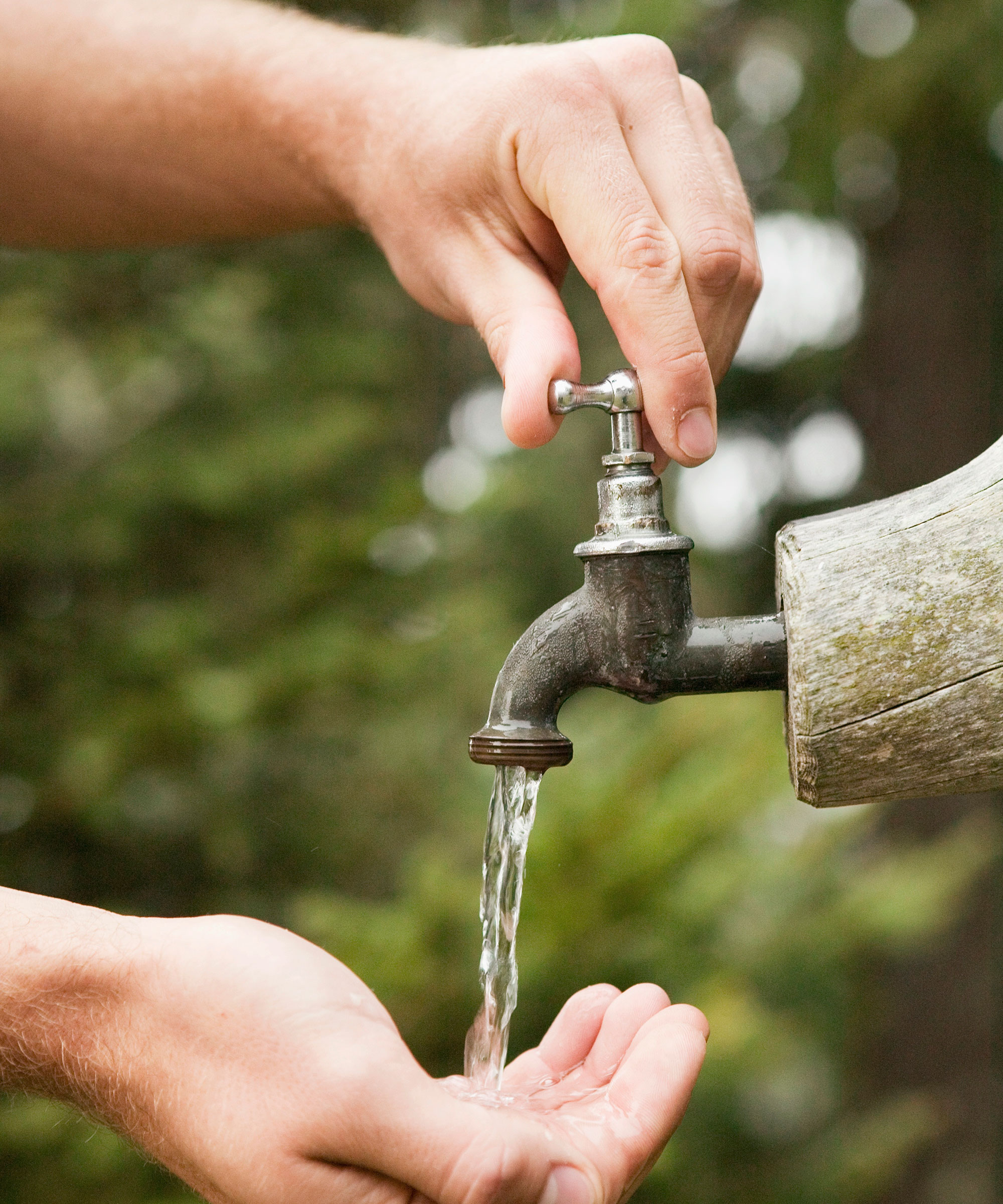
While you can let outdoor faucets drip to prevent freezing, Nick Hendrix, general manager at Kingdom Plumbing recommends, ‘Customers should ask that a contractor install an antifreeze hose spigot. The most sure way is to add an interior shut-off valve where you can shut the water to the external pipe and completely drain the water out of it when not in use to keep it from freezing.’
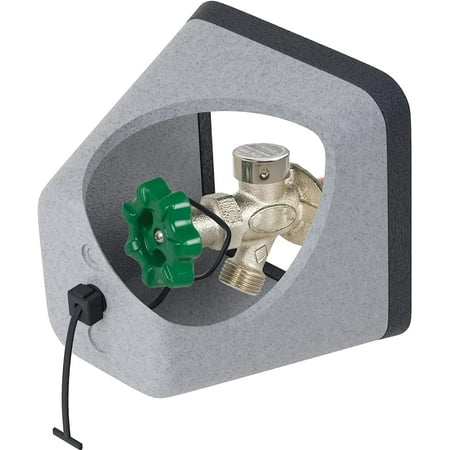
If you cannot turn your outdoor faucet off, cover it with an insulated cover to protect it from frost.
5. Turn water off before vacationing
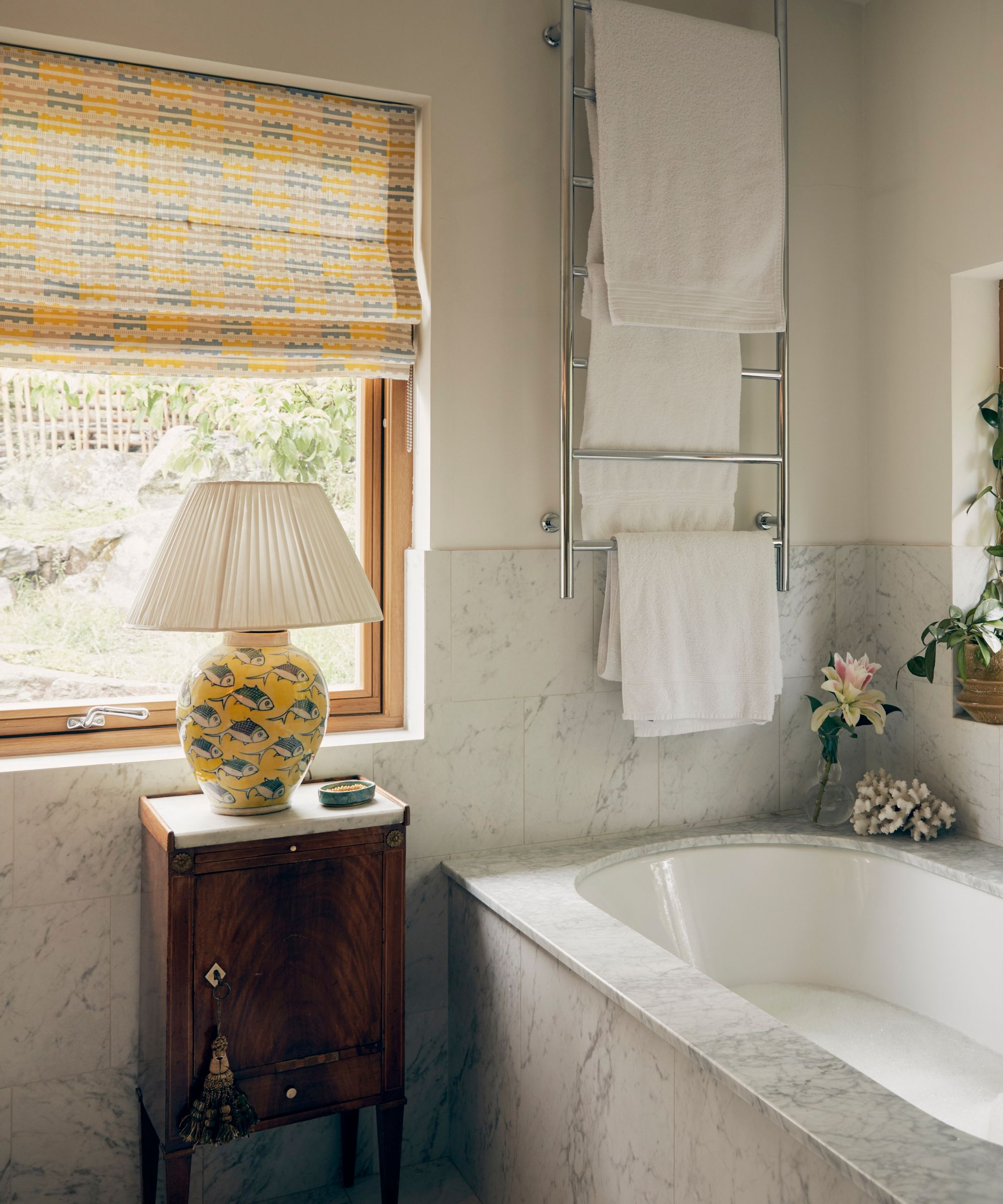
You should winterize your house even if you are not going to be there over the cold season.
Sydney Archer, of Kiser Construction, advises, ‘If you'll be going on vacation to escape the cold weather, you should turn your home's water off. Before you leave, locate your main water shut-off valve and turn it clockwise to shut the water off to your home. Then turn on all your faucets to drain any water that remains in the pipes. It's a good idea to turn off your water heater as well before you go.’
6. Invest in temperature sensors
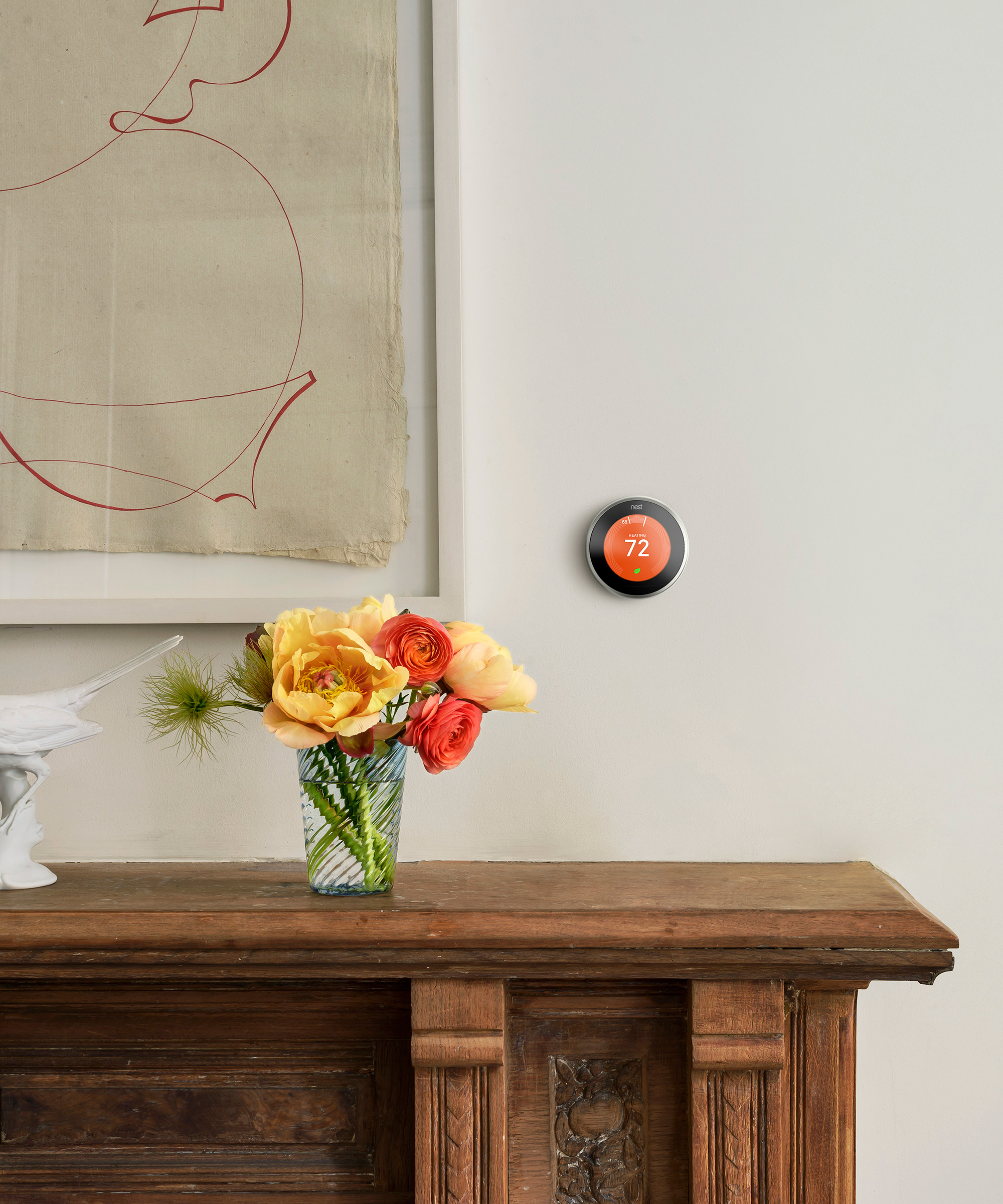
Smart home must-haves do more than upgrade your lighting and speakers for a home that wows guests – they can also help protect your pipes.
Danny Pen, president at New Era Plumbing & HVAC says, ‘The smartest will be to install temperature sensors, which monitor freezing risks. You need to place them in key areas like basements, crawlspaces, or near pipes. Also, there are advanced models of leak detectors that feature temperature monitoring. For example, the Honeywell Lyric Wi-Fi Water Leak Detector [available at Amazon] monitors both leaks and freezing conditions. You can pick up any, just check the product specs to ensure it includes low-temperature alerts.’
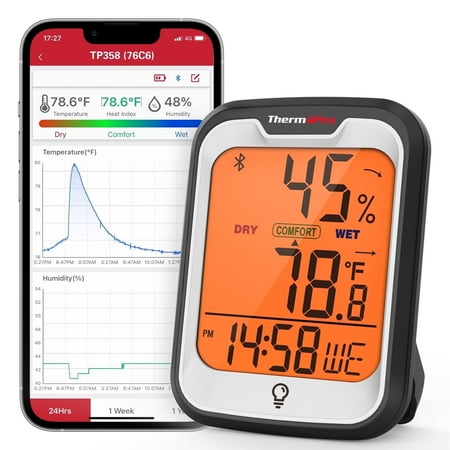
With a 260 ft range, this remote temperature sensor and hygrometer is ideal for keeping an eye on the areas around your pipes when at home. Watch out for condensation on your pipes, that's the first warning sign a frozen pipe is imminent.
FAQs
At what temperature do pipes freeze?
Pipes are at risk of freezing when the temperature drops below 32° Fahrenheit, with the risk increasing when the temperature drops below 20° Fahrenheit. To be safe, it is best to insulate all pipes as a precautionary measure anywhere that suffers very cold or long winters.
How long does it take for pipes to freeze?
Pipes can take as little as six hours in freezing temperatures to freeze completely, meaning you will have very little warning before they risk bursting. This is why insulating pipes and taking measures to stop them freezing is a must in freezing temperatures (especially overnight when temperatures drop further and the plumbing will not be in use for longer periods).
Hendrik Vandepoll, of Service Force Plumbing, says, ‘If you already have frozen pipes, the best thing to do is naturally thaw frozen water pipes as it warms up rather than try to thaw them manually. If a frozen pipe is going to break, it probably already has but isn't showing itself yet because it is still frozen. If you leave the house and have frozen pipes, consider turning off the water supply while you are gone, in case water does start to leak from a cracked pipe. And when things start to thaw, be ready to turn off the water if you see any leaks and call a reliable plumber to fix it.’
It's also worth knowing if your pipe has already frozen, do not try to rapidly thaw it as that's most likely to lead you to a disruptive leak. Gradually, slowly defrost.
Sign up to the Homes & Gardens newsletter
Design expertise in your inbox – from inspiring decorating ideas and beautiful celebrity homes to practical gardening advice and shopping round-ups.

Chiana has been at Homes & Gardens for two years and is our resident 'queen' of non-toxic living. She spends most of her time producing content for the Solved section of the website, helping readers get the most out of their homes through clever decluttering, cleaning, and tidying tips. She was named one of Fixr's top home improvement journalists in 2024.
You must confirm your public display name before commenting
Please logout and then login again, you will then be prompted to enter your display name.
-
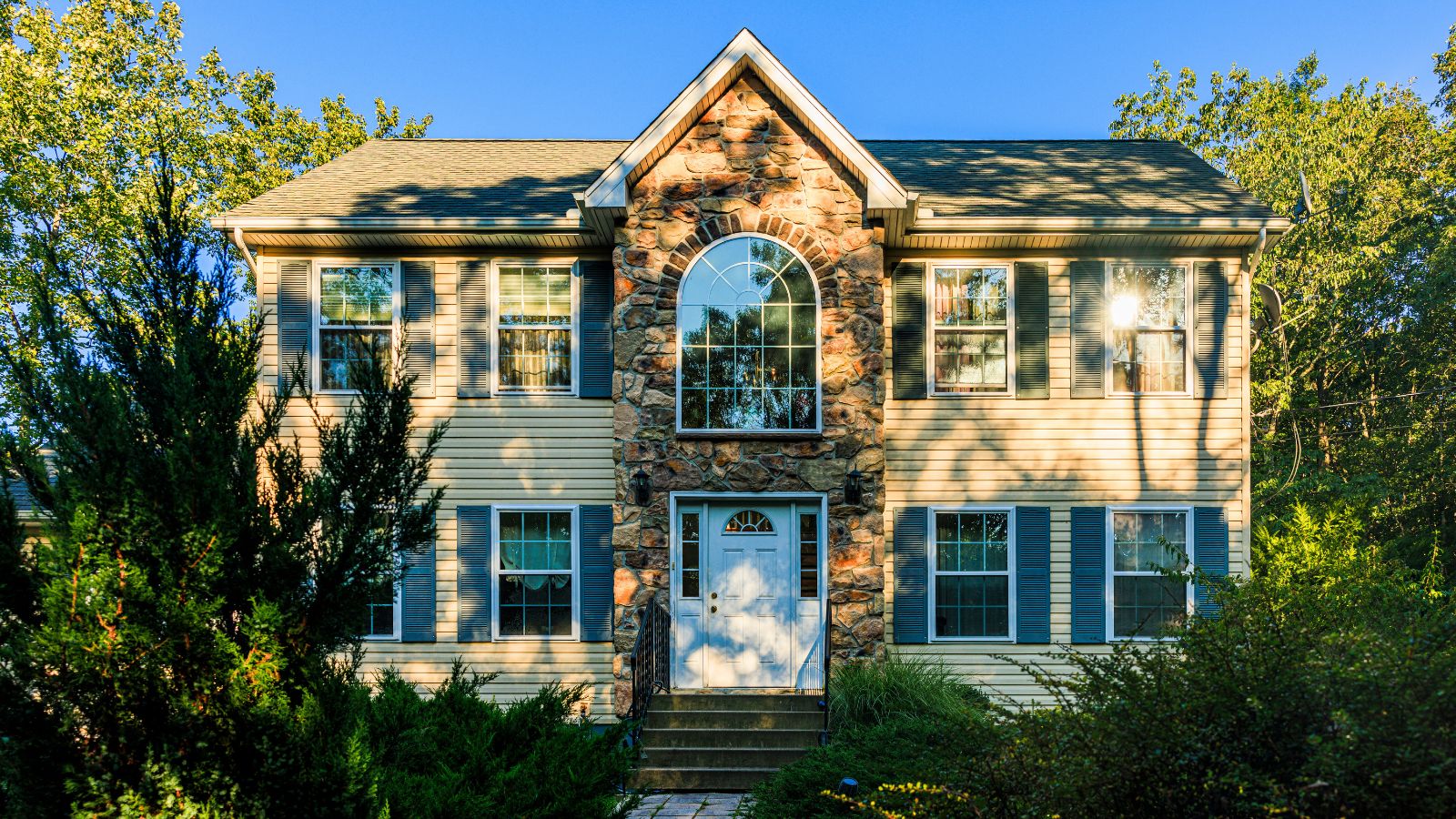 7 questions to ask yourself before moving house – realtors promise answering these questions will prevent buyer's regret
7 questions to ask yourself before moving house – realtors promise answering these questions will prevent buyer's regretDon’t make your move harder, ask these questions before moving to avoid mistakes
By Chiana Dickson
-
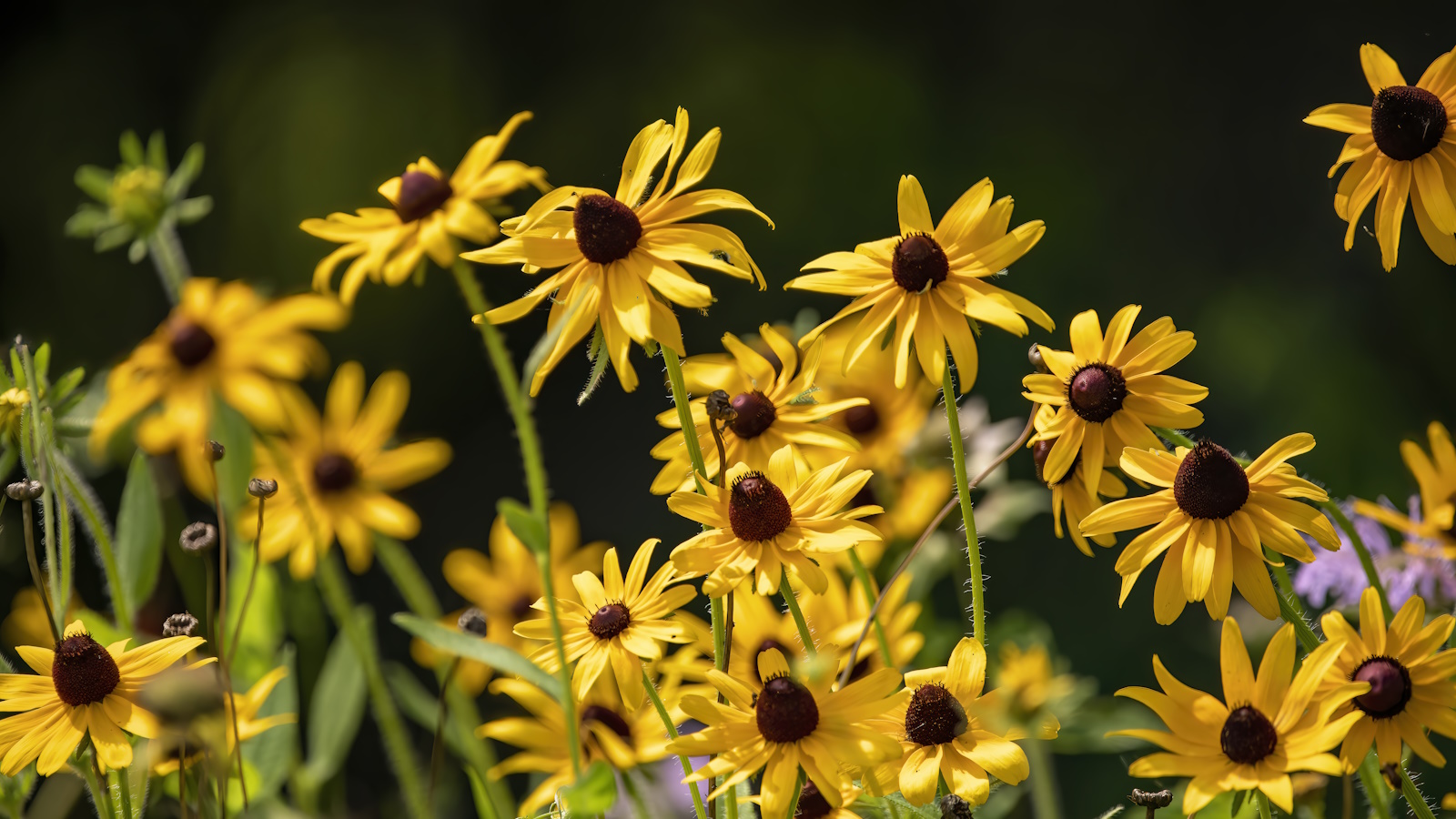 10 of the best plants for clay soil – experts recommend the flowers, shrubs and trees that can thrive in challenging conditions
10 of the best plants for clay soil – experts recommend the flowers, shrubs and trees that can thrive in challenging conditionsDiscover what varieties to grow if you want the best plants for clay soil
By Sarah Wilson
-
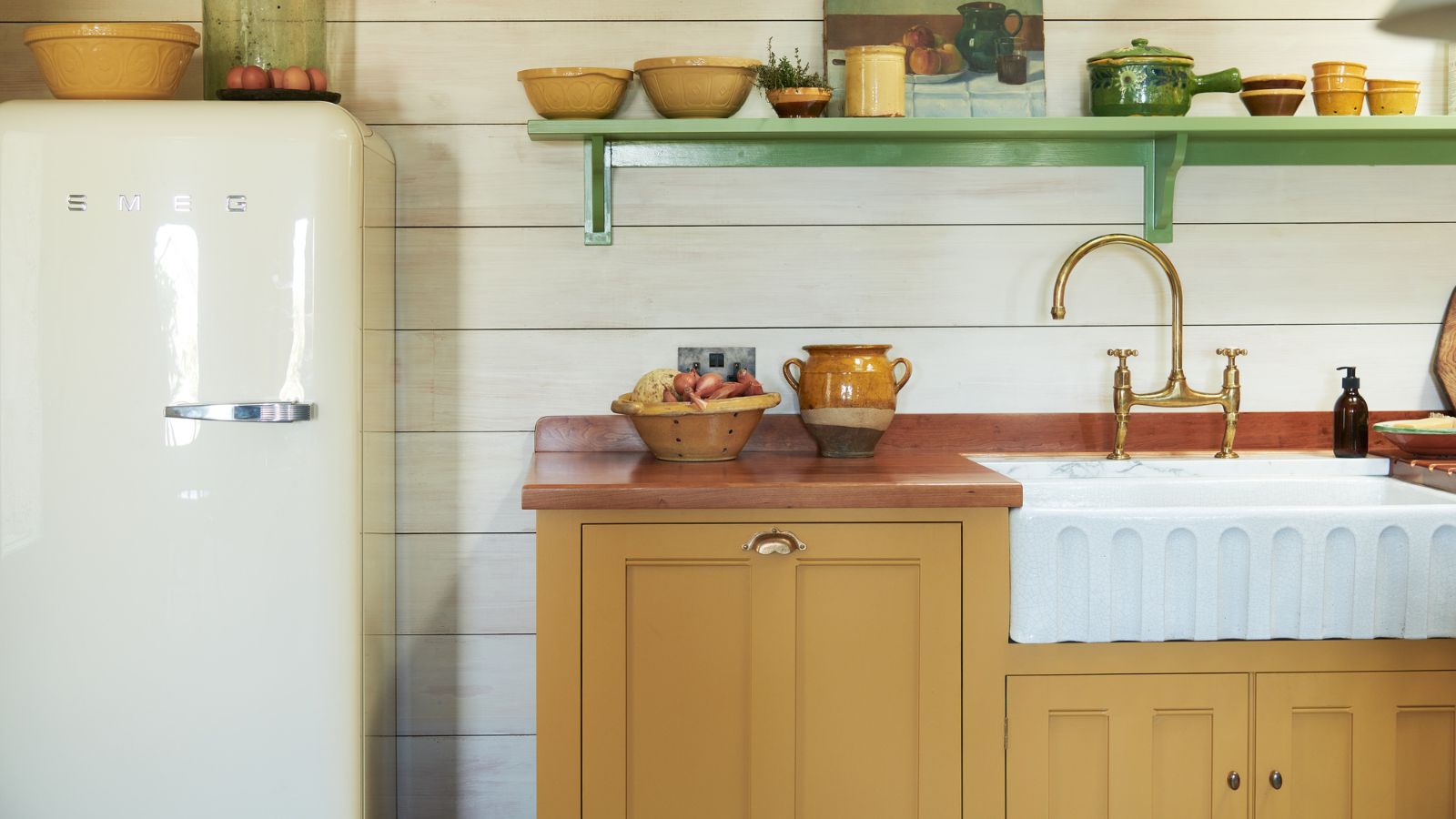 The 5 worst things you can do to your fridge – these will drive up energy costs and result in pricey and regrettable repairs
The 5 worst things you can do to your fridge – these will drive up energy costs and result in pricey and regrettable repairsIt's crucial to swerve these blunders, appliance experts warn
By Ottilie Blackhall
-
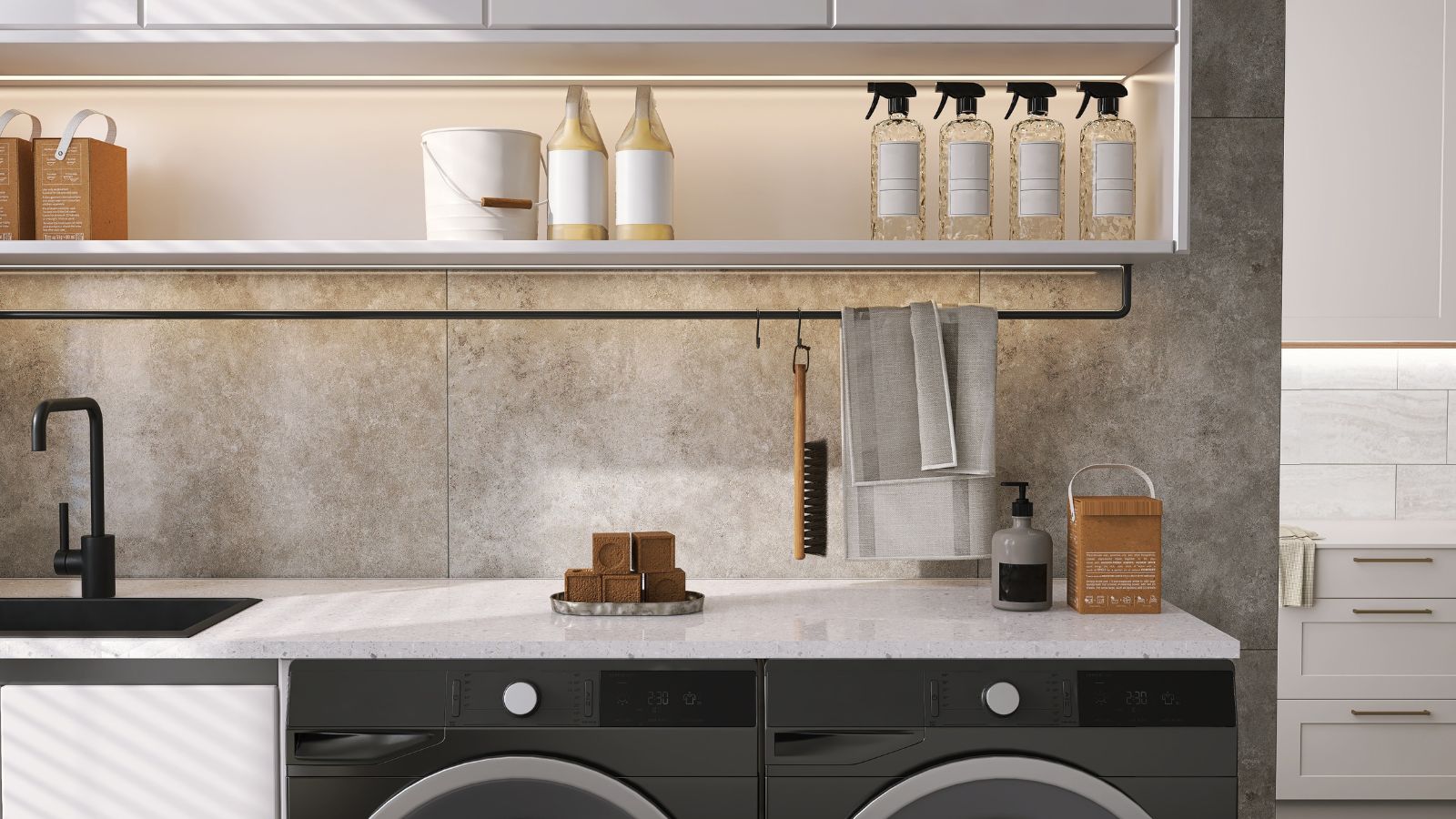 Extend the lifespan of your appliance with 5 simple but crucial washing machine maintenance tips
Extend the lifespan of your appliance with 5 simple but crucial washing machine maintenance tipsFrom cleaning the filters to keeping the door open, experts reveal the washer tips they swear by
By Andy van Terheyden
-
 5 vital ways a home battery backup can help with your most urgent needs in a power outage – from heating to flood prevention and calls
5 vital ways a home battery backup can help with your most urgent needs in a power outage – from heating to flood prevention and callsExperts say they're a worthy investment
By Clement Feng
-
 I’m an HVAC technician, and this is when I turn on my AC each year – plus 5 checks I always do beforehand
I’m an HVAC technician, and this is when I turn on my AC each year – plus 5 checks I always do beforehandSave yourself an AC hassle by running my checks and turning it on before big heat hits
By Josh Mitchell
-
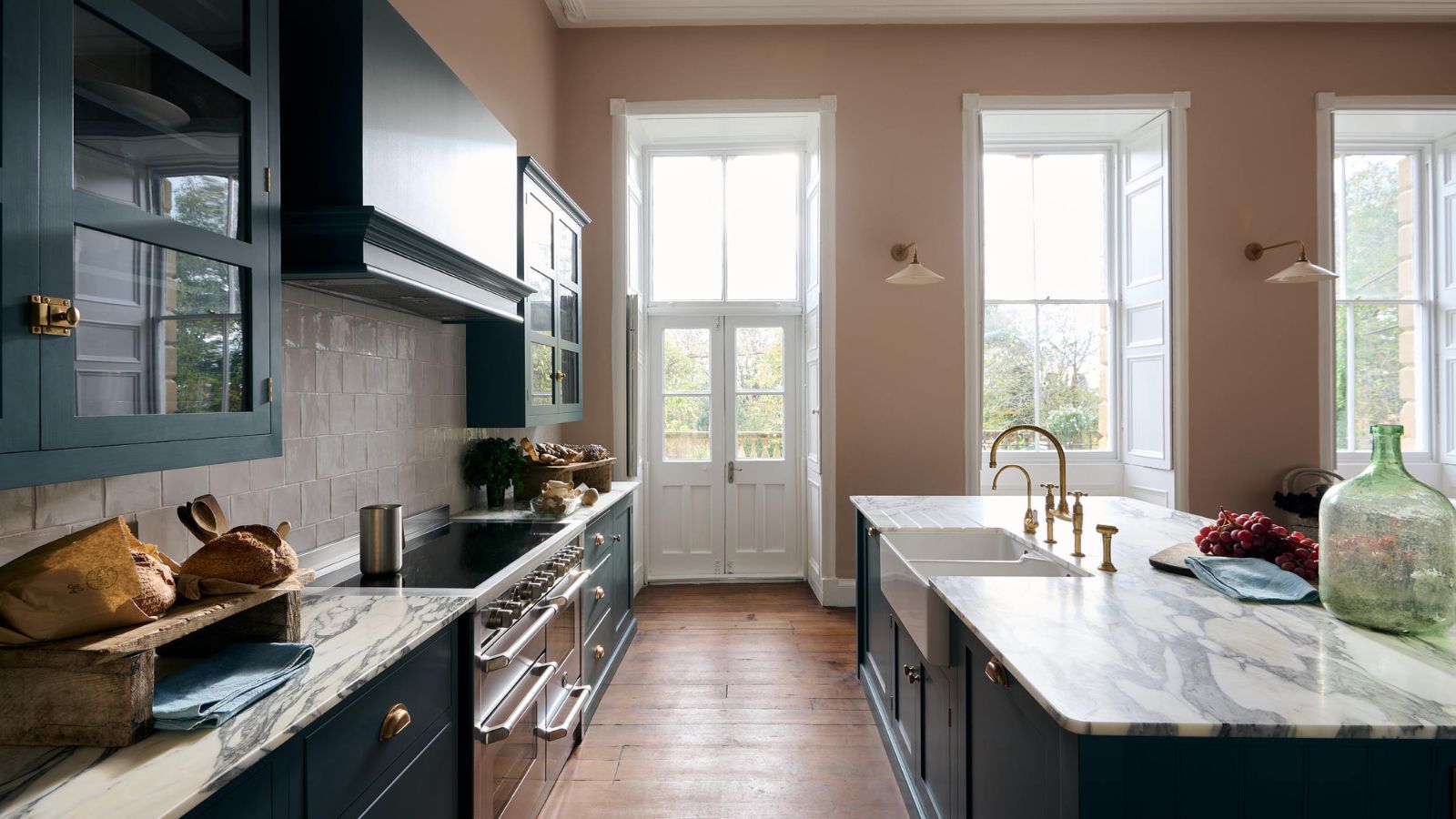 6 things you should never throw in the trash – and what to do for safe disposal instead
6 things you should never throw in the trash – and what to do for safe disposal insteadFrom batteries to space heaters, experts reveal what not to throw
By Andy van Terheyden
-
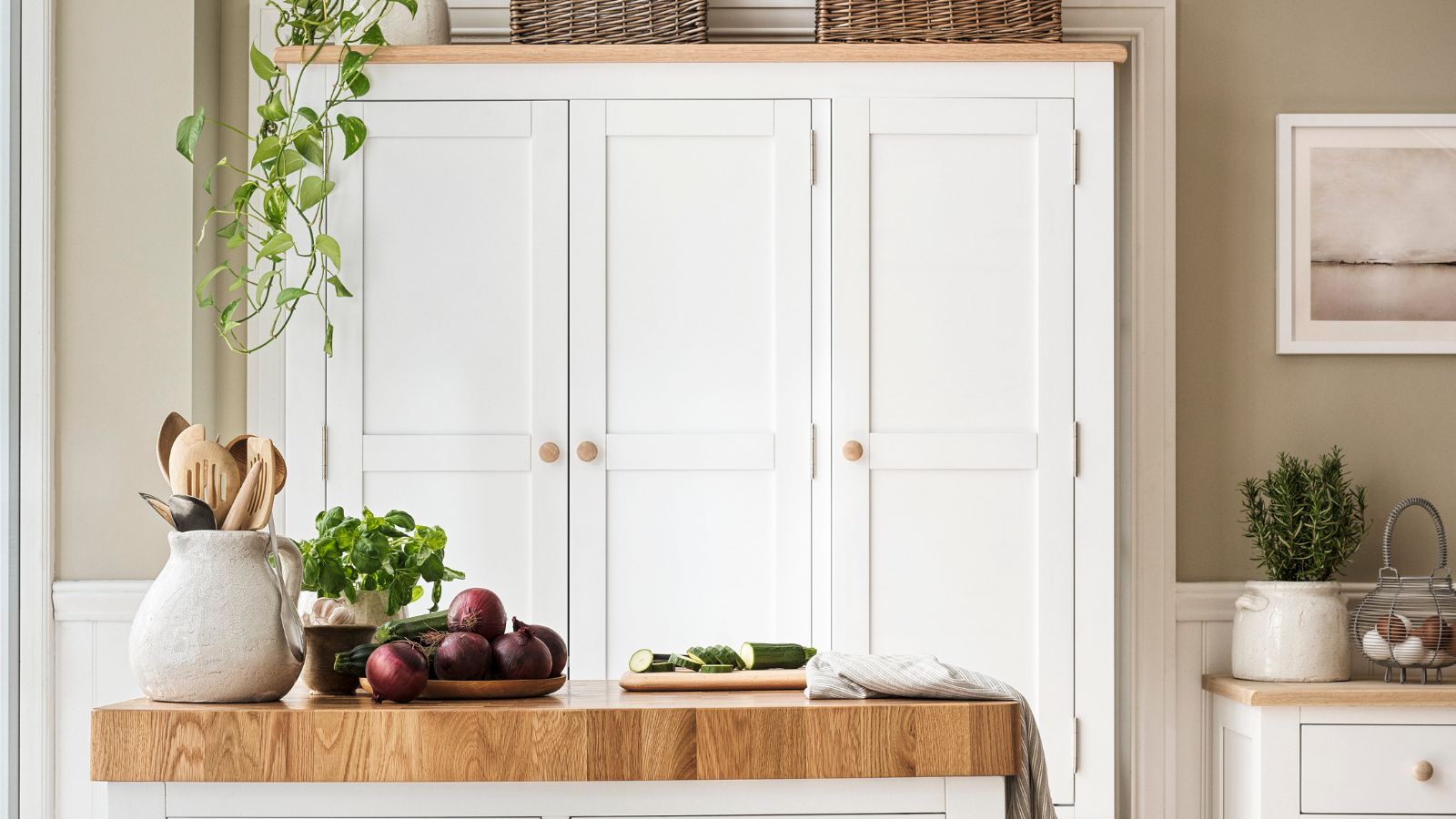 7 spring home maintenance mistakes to never make – overlooking these now can lead to pest problems and structural damage
7 spring home maintenance mistakes to never make – overlooking these now can lead to pest problems and structural damageHome improvement pros share common mistakes and what to do instead
By Eve Smallman
-
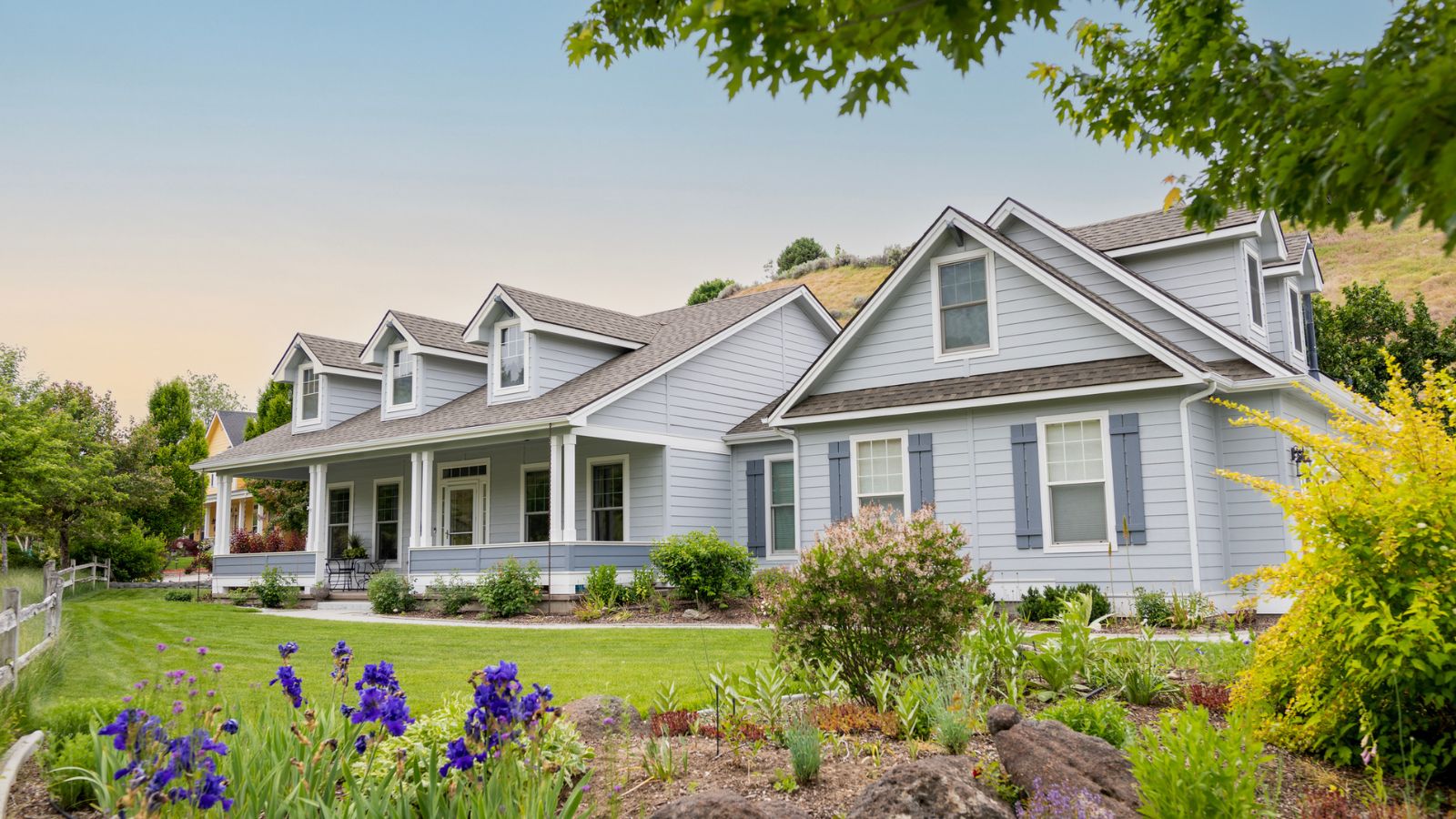 10 common but little-known HOA fines to watch out for – and how to avoid them
10 common but little-known HOA fines to watch out for – and how to avoid themFrom sprinklers to garage doors and external pipes, your HOA contract may leave you open to a fine
By Eve Smallman
-
 I’m a homes editor and these are the 4 vital storage items I’m 'adding to cart' this spring – and why you should too
I’m a homes editor and these are the 4 vital storage items I’m 'adding to cart' this spring – and why you should tooI've learned a few hard lessons in recent weeks and these storage solutions will help
By Punteha van Terheyden